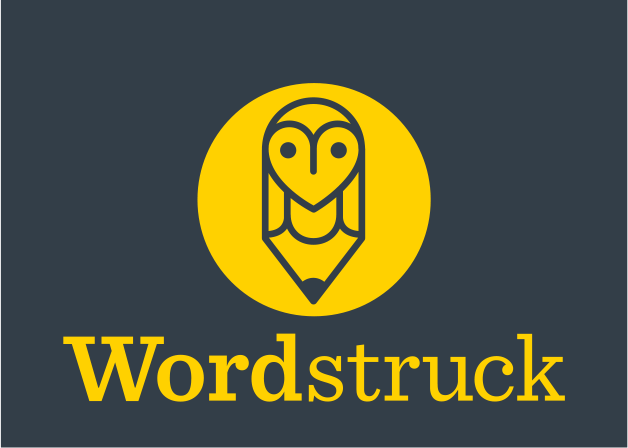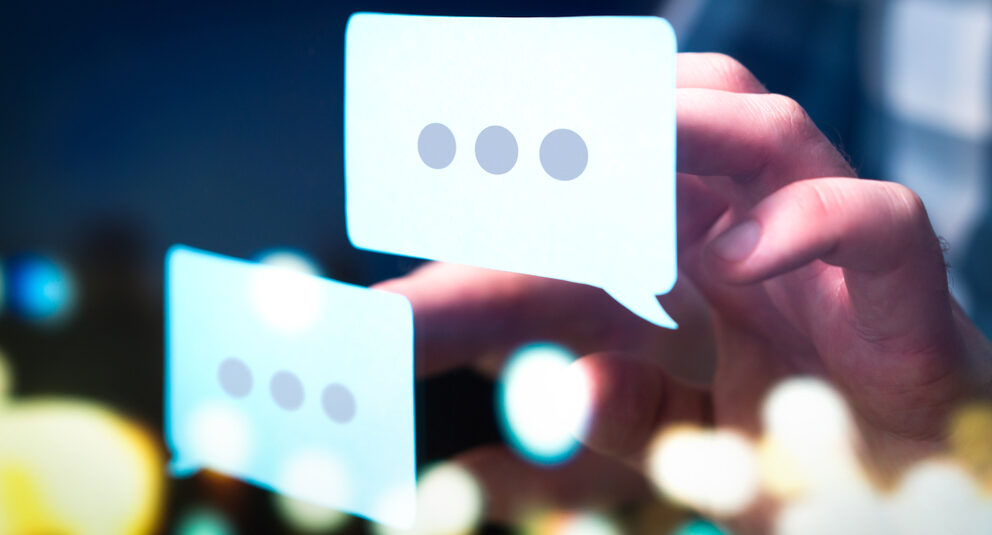I’m curious which leaders and businesses are thriving right now. What are they doing that others aren’t?
Last week, a business owner said to me, “We’ve always experimented with different approaches and the pandemic has only accelerated that. If something doesn’t work, that’s okay. Our motto: “We can — because it’s Covid.”
It’s these sorts of business that will thrive as we adapt to new ways of work.
What’s your playbook for remote working?
For a start, we need a definition. Is it:
- WFH (working from home)? Sounds kinda cosy.
- Or telework: bit bland, but it’s taken off in the health space.
- Digital by default sounds soulless, as does agnostic location or telecommute.
Do any of them resonate? None do for me.
The obvious word missing here is human. We’re distracted by the tools and the platform. We’re forgetting the stuff that matters: the being, doing, breathing & connecting.
This, of course, is what motivates us at work. It’s why we go the extra lengths for a client. It’s why we care. And the human touch is what’s getting lost. Literally because we can’t be together, and when we can, we are socially distanced.
How stories bring humanity to our online worlds
Time and again I’ve seen how stories shorten the distance between people. Since 2018, I’ve worked remotely with clients in the UK and Hong Kong, experimenting what builds trust in 1:1 sessions. How to generate equality quickly in a virtual workshop.
Back in January, before the pandemic became global, I adapted my Strategic Storytelling program to the virtual environment. My client in Hong Kong was already reeling from the impact of Covid19 and together we co-created a great solution. At a time when the business was severely disrupted, Andrew Keith, President at Lane Crawford, described it as “a leadership trophy moment.”
It can be done and these skills can be taught.
This is why I’ve launched a new suite of Online Storytelling Programs. Which one would support you and your team right now?
Storytelling is only one part of this playbook we’re all co-authoring.
Here are 5 ways to make your next online meeting count:
- Start with a clear frame.
- Set guidelines on how you’d like people to use the platform — including if you want people to use the chat or not.
- Ramp up your delivery: share information in ways that are more playful & spontaneous.
- Re-think how you sequence information. Don’t launch straight into the detail.
- Stay present. Presence is the invisible container that helps people feel they are in the room. It’s essential in the online space.
There are a lot more small changes you can make for a big impact. You’ll reduce ambiguity & keep your people motivated.
Got questions or like to chat further? Email me here.
If you’d like more ideas on how storytelling can support your team, leaders and business online, head here.
Thanks to Annlone Dalhoff from Business Rebels, for permission to use the photo.


